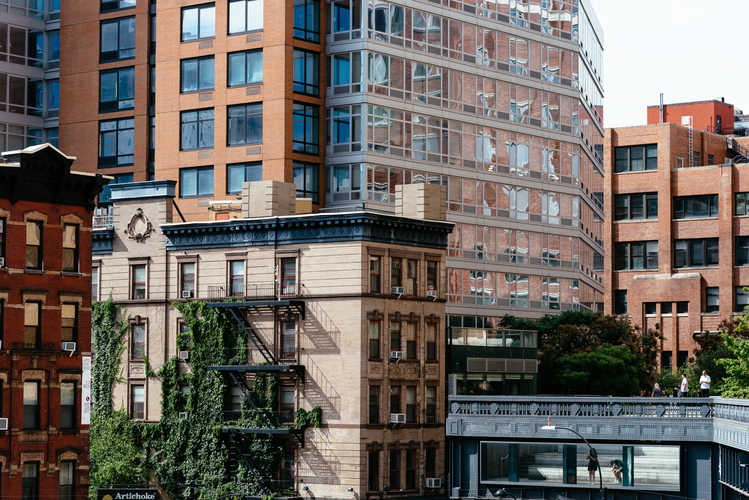Structural failure in buildings can lead to devastating consequences, from serious structural damage to loss of life. For property owners, builders, and tenants, understanding the most common causes, like design flaws, material failure, or foundation issues, is key to prevention.
Our New York construction accident lawyers explain the risks, responsibilities, and legal remedies available when structural failure occurs.

Causes of structural failure in buildings
Structural failures can stem from various factors, often related to design, construction, and maintenance flaws. Here’s a closer look at the common causes.
Design flaws
Faulty design is a major contributor to building collapses. This can include inadequate structural support, poor load distribution, and failure to consider dynamic forces like wind or seismic activity. Failing to account for dynamic forces can compromise structural integrity and lead to progressive collapse, where the failure of one component brings down others.
Material failure
Using substandard or inappropriate materials can lead to deterioration under stress. Material failure might result from inherent weaknesses, such as corrosion in metal or rot in wood, or from using materials that do not meet the specifications for a particular project.
Construction errors
Mistakes made during the construction phase, such as poor workmanship, incorrect assembly, or failure to follow design specifications, can all lead to structural weaknesses that may not be apparent until the building is subjected to stresses.
Foundation issues
Problems in the foundation, such as subsidence, erosion, or inadequate bearing capacity, can cause shifts and settlement, leading to structural failure. This is particularly critical in areas with unstable soil conditions or where previous land use has not been adequately assessed.
Overloading
Exceeding the load a building was designed to handle is a common cause of structural failure. This often happens when heavy equipment is added, occupancy increases, or snow accumulations on roofs are not properly accounted for.
Aging and lack of maintenance
Buildings can deteriorate over time if not properly maintained. Aging structures may show signs of wear in critical components, and failure to address these issues promptly can lead to catastrophic failures.
Types of structural failure in buildings
Understanding the different types of structural failures can help diagnose potential problems and take preventive actions.
Progressive collapse
This type of failure occurs when a primary structural element fails, initiating a chain reaction that causes other parts of the building to fail as well. This domino effect can lead to partial or complete collapse.
Brittle fracture
A brittle fracture refers to the sudden failure of materials like concrete or steel, which crack under stress without prior warning, usually at stress points or connections in the structure.
Fatigue
Fatigue failure results from repeated stress cycles that cause materials to weaken over time. This type of failure is common in load bearing parts of the building subjected to frequent dynamic loads, such as floors in industrial buildings.
Shear failure
Shear failure happens when two connected parts of a structure slide past each other, causing a sudden break. This usually occurs in beams, joints, or exterior walls when lateral forces, like earthquakes or wind, overwhelm the structure’s resistance. It’s hazardous because it often results in diagonal cracking and sudden failure of critical load-bearing components.
Buckling
Buckling occurs when compression forces cause a structural member to bend or bow beyond its critical stress level. This is often seen in slender columns or inadequately supported beams.
Legal aspects and compliance in New York
In New York, there are strict building codes designed to help prevent structural failures. These laws apply to property owners, contractors, and developers, and they outline how buildings must be designed, built, and maintained to stay safe and stable.
The rules cover everything from the types of construction materials that can be used to how much weight load-bearing walls and beams must support. They even include details about snow removal on rooftops and regular construction site inspections of key structural elements.
If someone ignores these safety rules and a building collapse happens, they can be held legally responsible. That means if a worker or tenant is hurt because a structure wasn’t built or maintained correctly, the people in charge of the property may be required to pay for medical bills, lost income, and other damages.
Get legal assistance after a building collapse in New York
The Weinstein Law Group has decades of experience handling construction accident and structural failure claims. If you’re a worker injured in a collapse, a property owner facing liability, or a contractor dealing with code disputes, our injury attorneys can guide you through New York’s safety laws. Call The Weinstein Law Group at (212) 741-3800 or contact us online for a free consultation today.
